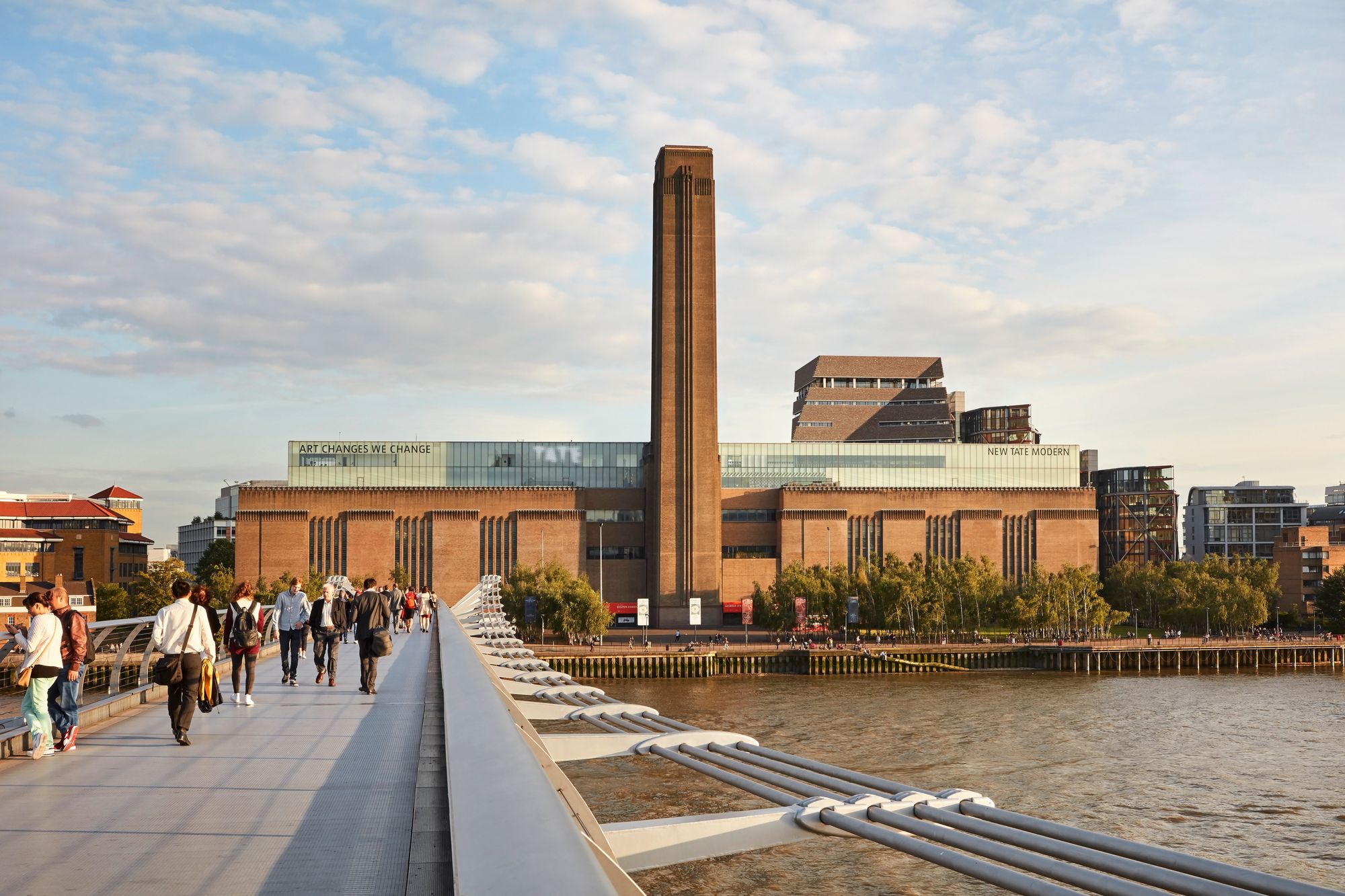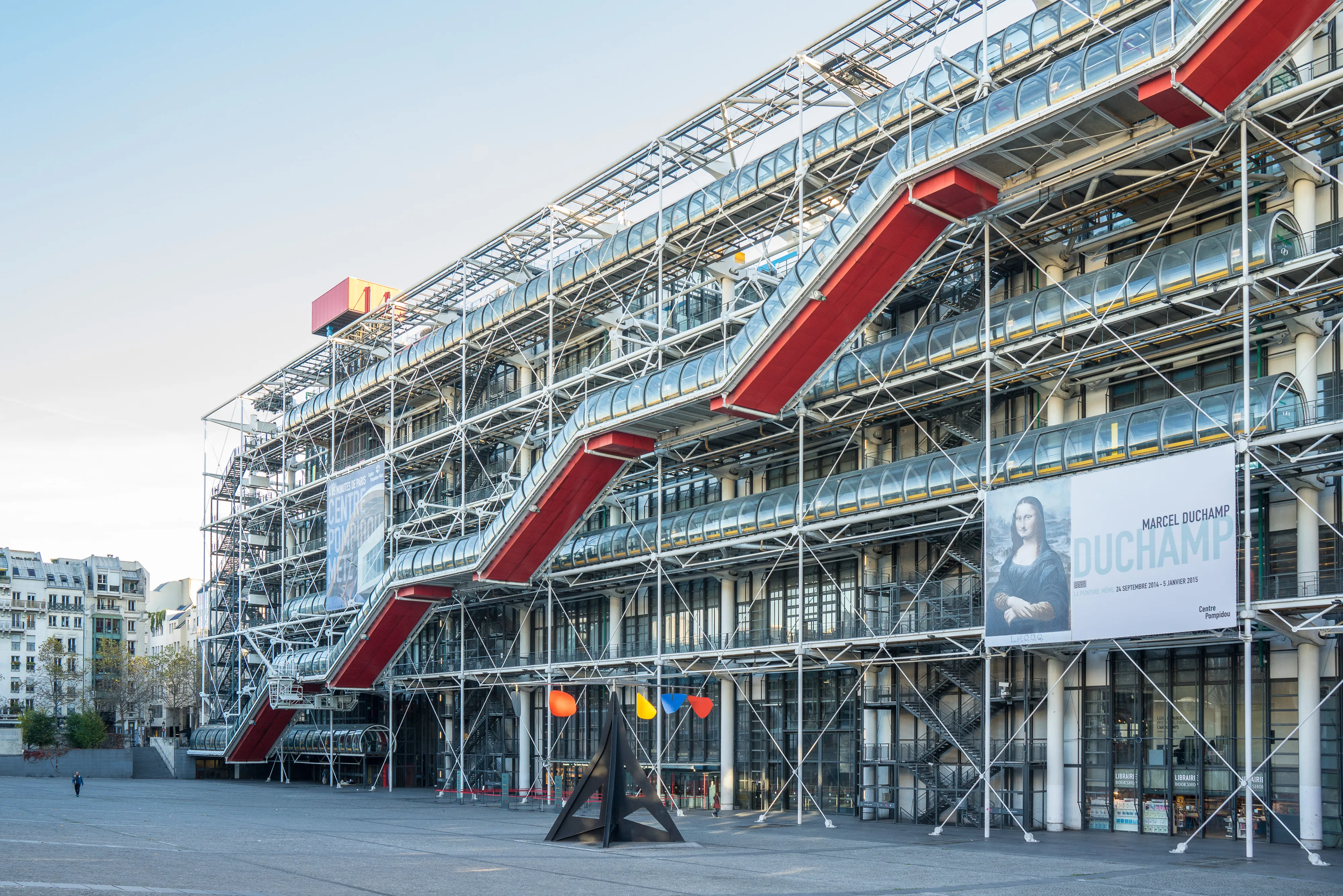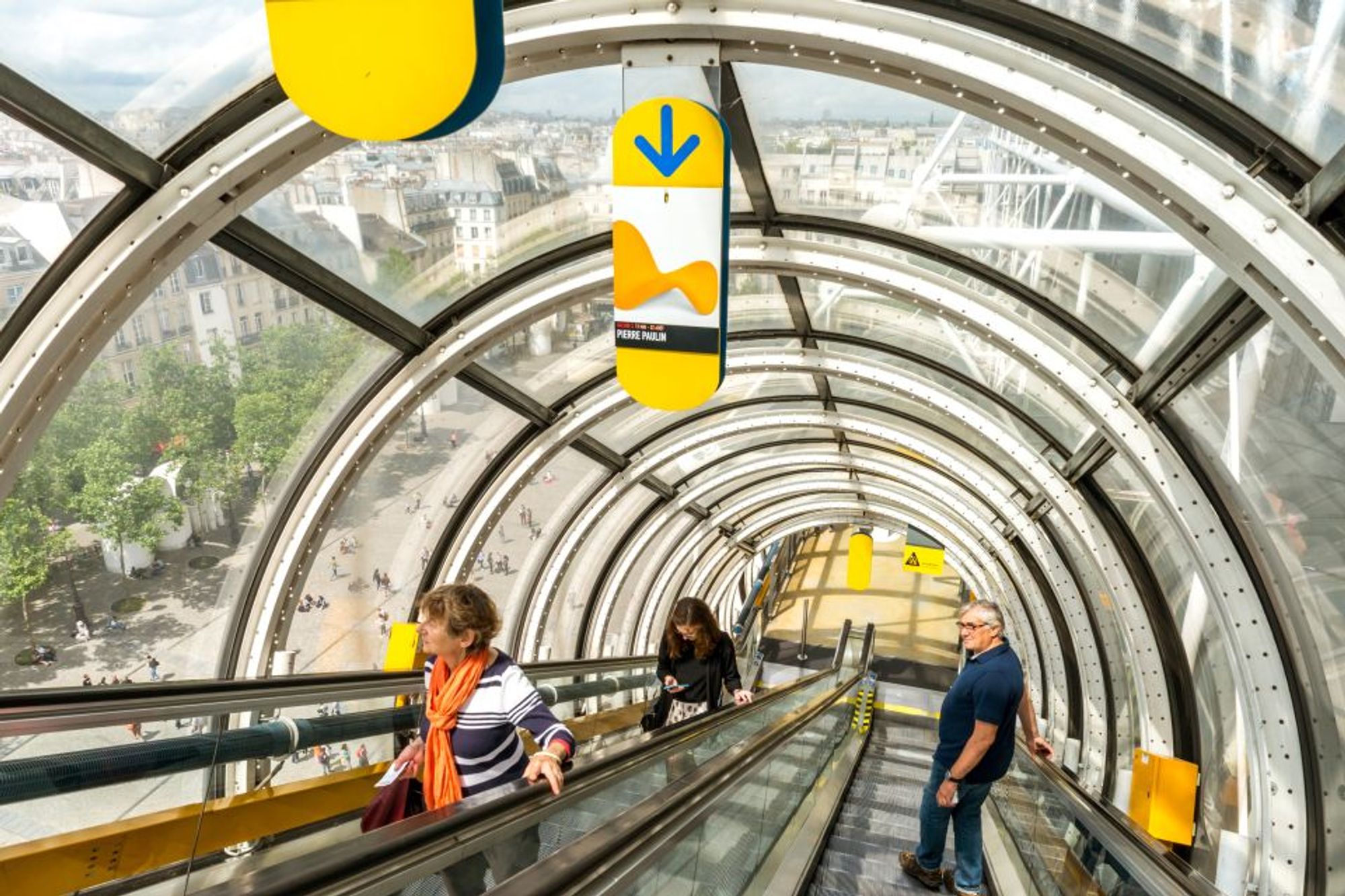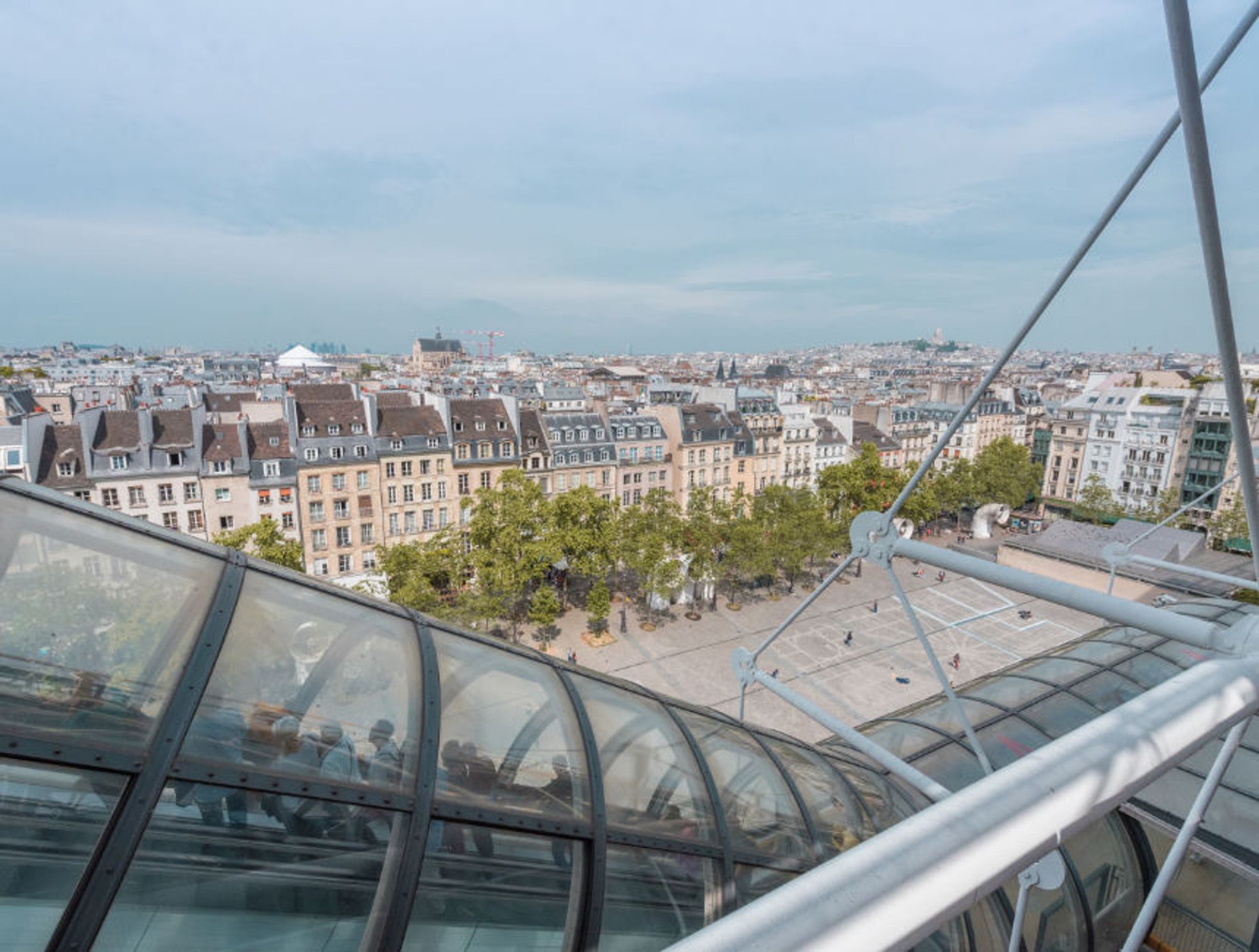Click the + New Button and add your card to this gallery. Then, just start typing your response in the text area below the headers — there's no need to add new properties.
Describe the features that you feel make the spaces great using:
- Text, images, weblinks...
- Whatever media works best for you!
To me, one of the defining features of a successfully designed exhibition space is the creation of a cohesive and full sensory experience for visitors that dynamically unfold as they navigate the spatiotemporal program. I also personally find exhibits that utilize and reimagine existing structures to be brilliant spaces. Below are examples of such exhibition spaces that were very pleasing for me to experience
Tate Modern Museum, London:
- The Tate Modern is a modern art museum within an elegantly repurposed former power station along the river Thames that was built in the standard imposing brick and mortar style of the industrial era. The museum uniquely blends modern steel and glass components with the brick architecture of the existing building to create interesting appendages to the main structure both internally and externally without compromising overall cohesion. The steel and glass serve to demarcate new spaces within the expansive interior, with the appearance of these spaces mirroring the placement and composition of the power station components that used to occupy the interior. However, the relationship between the steel and glass, and the older brick materials also serve to embody the contrast between the old power station and the modern art it now houses. Further, heavy and imposing brick material of the building envelope is contrasted by the light steel and glass and the added skylights that puncture the different roofs. This enables the interior to feel airy and fluid despite the industrial nature of the design. In essence, the program of the museum and the design of museum are themselves modern art on display for visitors.


Centre Pompidou, Paris
- The Centre Pompidou is a modern art museum located in central Paris. The form of the building exists as an explicit expression of the structural, circulatory, and egress systems within the building. The systems for the circulation of heat, electricity, and water are prominently exposed on the exterior facade along with the structural supports. All these systems wrap around the building forming a canopy of scaffolding and tubes. The tube form is also utilized to implement circulation within the museum, with the escalators that carry visitors between the different exhibition levels encapsulated in large glass tubes that rest on the outside of the front facade which looks out into a public square. This outward circulation allows for visitors to experience flow and movement as if they are a part of the museum’s systems. Moreover, the selection of glass as the material allows for unobstructed views of the surrounding square, a view which progressively expands to include the wider Parisian skyline as you ascend each level. As such, the circulation between exhibits in the museum becomes an activity and an art viewing moment in and of itself.



